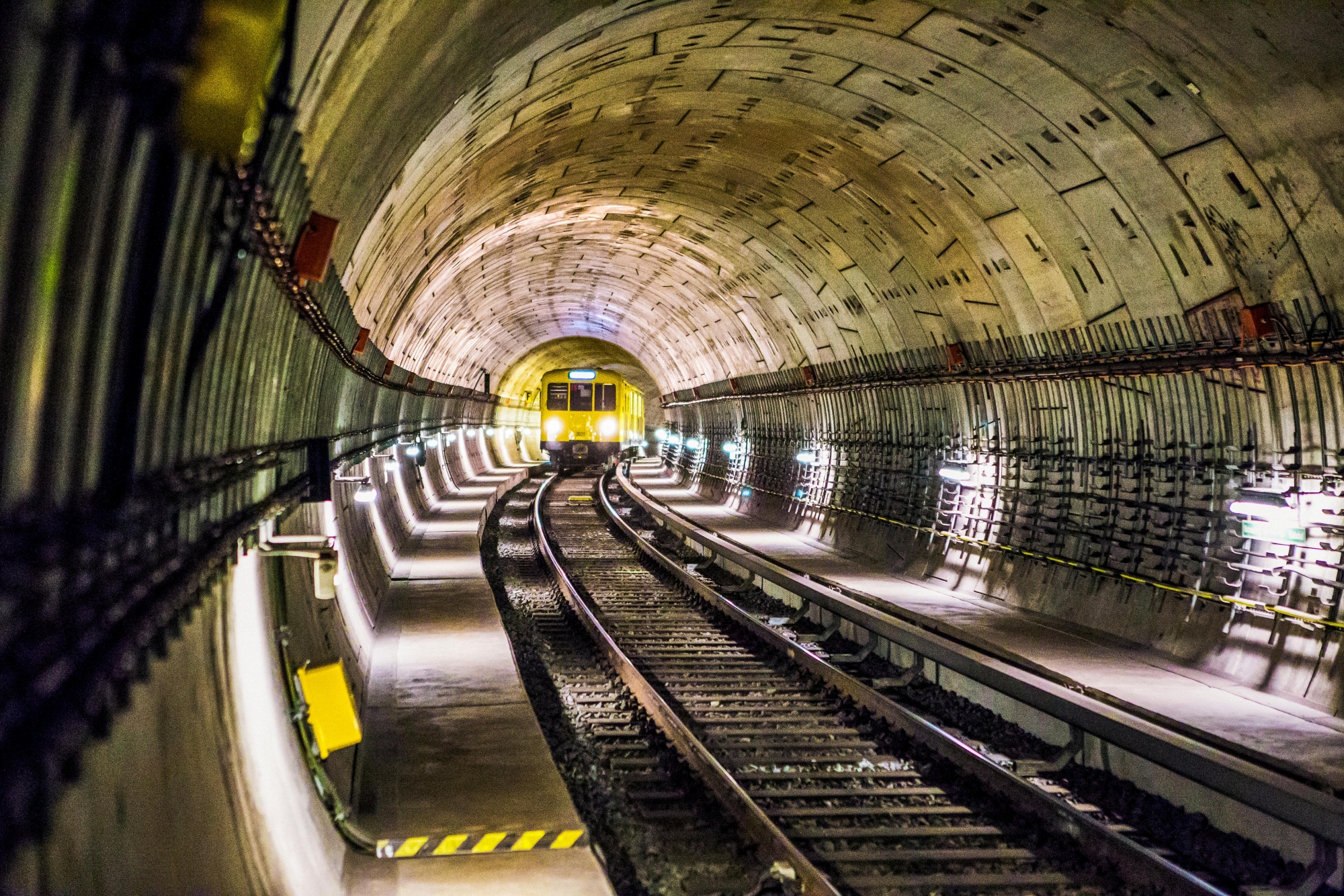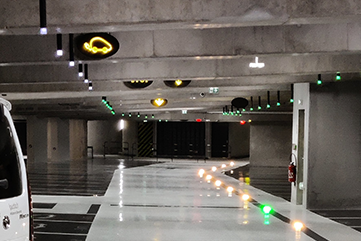
#SmartCity
14 January 2025
Cybersecurity and Smart City : anticipating risks before it's too late
Smart cities rely on a vast network of connected sensors, automated management systems and data analysis platforms. While these technologies enable more efficient management of urban infrastructures, they also expose cities to increased cybersecurity risks.
Anticipating these risks is essential to ensure the resilience and security of smart cities. In this article, we explore the major threats and the best strategies for protecting urban infrastructures.
Les risques majeurs pour la cybersécurité des smart cities
Major cybersecurity risks for smart cities
Increasing number of entry points for cyber attacks
The hyperconnectivity of smart cities means that a flaw in a single device can compromise the entire network. The main points of vulnerability include :
- IoT sensors scattered around the city
- Communication networks (5G, LoRaWAN, public Wi-Fi)
- Centralized management systems (transport, energy, public safety)
- Digital applications and platforms available to citizens
For example, an attack on traffic management sensors could cause traffic lights to malfunction, leading to accidents and paralysis of the road network.
Risks associated with ransomware and targeted cyberattacks
Cybercriminals exploit the vulnerabilities of urban infrastructures to :
- Take hostage critical systems (e.g. attack on a water or electricity distribution network)
- Demand ransom by blocking access to data
- Disrupting essential public services
Case in point: in 2020, the American city of Baltimore suffered a ransomware attack that paralyzed several municipal services for several weeks.
Urban data manipulation and espionage
Smart cities collect sensitive data on citizens (movements, consumption habits, video surveillance). Hacking into these databases could :
- Compromising the privacy of residents
- Be used for espionage or manipulation purposes
- Fuelling disinformation campaigns

Best practices for securing smart city infrastructures
Adopt a secure architecture right from the design stage
Cybersecurity by design must be integrated right from the development phase of intelligent infrastructures. This means :
- The use of robust encryption protocols to protect data exchanges
- Applying the principle of least privilege to limit access to critical systems
- Network segmentation to isolate essential services
Securing connected objects and IoT networks
As IoT sensors and devices are prime targets for hackers, it is essential to :
- Regular firmware and security updates
- Avoid using default passwords
- Monitor abnormal connections and detect suspicious behavior
Implement rigorous data governance
To avoid the risks associated with data manipulation, it is essential to :
- Anonymize and encrypt sensitive information
- Strict control of database access
- Establish a policy of transparency in the use of urban data
Deploy threat detection and monitoring tools
Cities must equip themselves with cybersecurity supervision centers (SOCs - Security Operations Centers) capable of :
- Real-time monitoring of digital infrastructures
- Detect intrusion attempts before they cause damage
- Implement rapid response plans in the event of an attack
Training and raising awareness among city players
Municipal employees, partner companies and citizens must be trained in good cybersecurity practices:
- Identify phishing and phishing attempts
- Securing access to critical systems
- Report any suspicious activity to the appropriate authorities
Conclusion : building a smart, resilient city
Smart cities are a technological revolution, but they cannot develop without rigorously securing their infrastructures. Cybersecurity must be seen as a central pillar of any urban transformation strategy.
By anticipating threats, adopting robust architectures and training urban players, cities can take full advantage of innovation while guaranteeing the safety of citizens and essential services.
It's not a question of if, but when. It's best to be prepared before it's too late.









